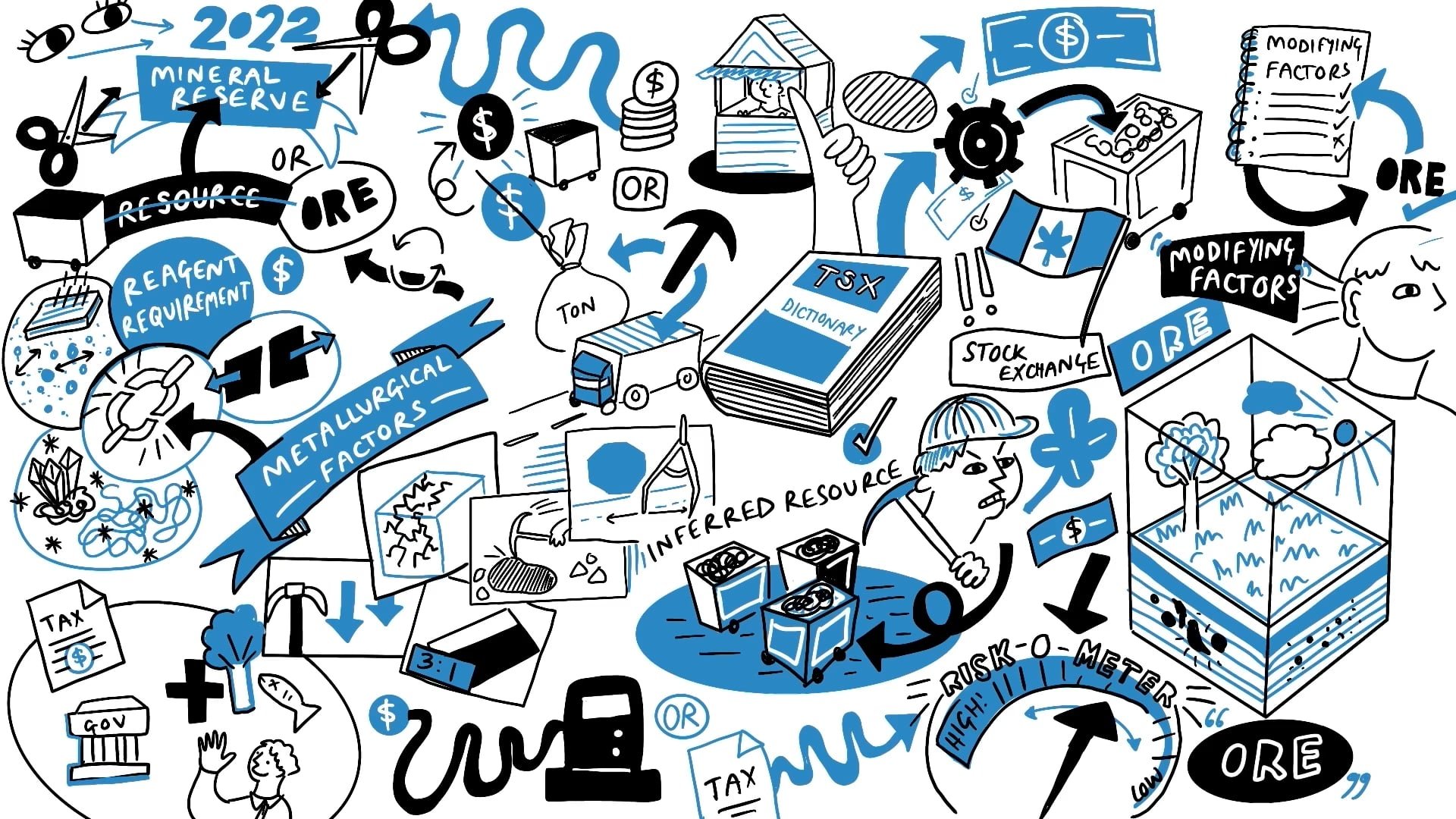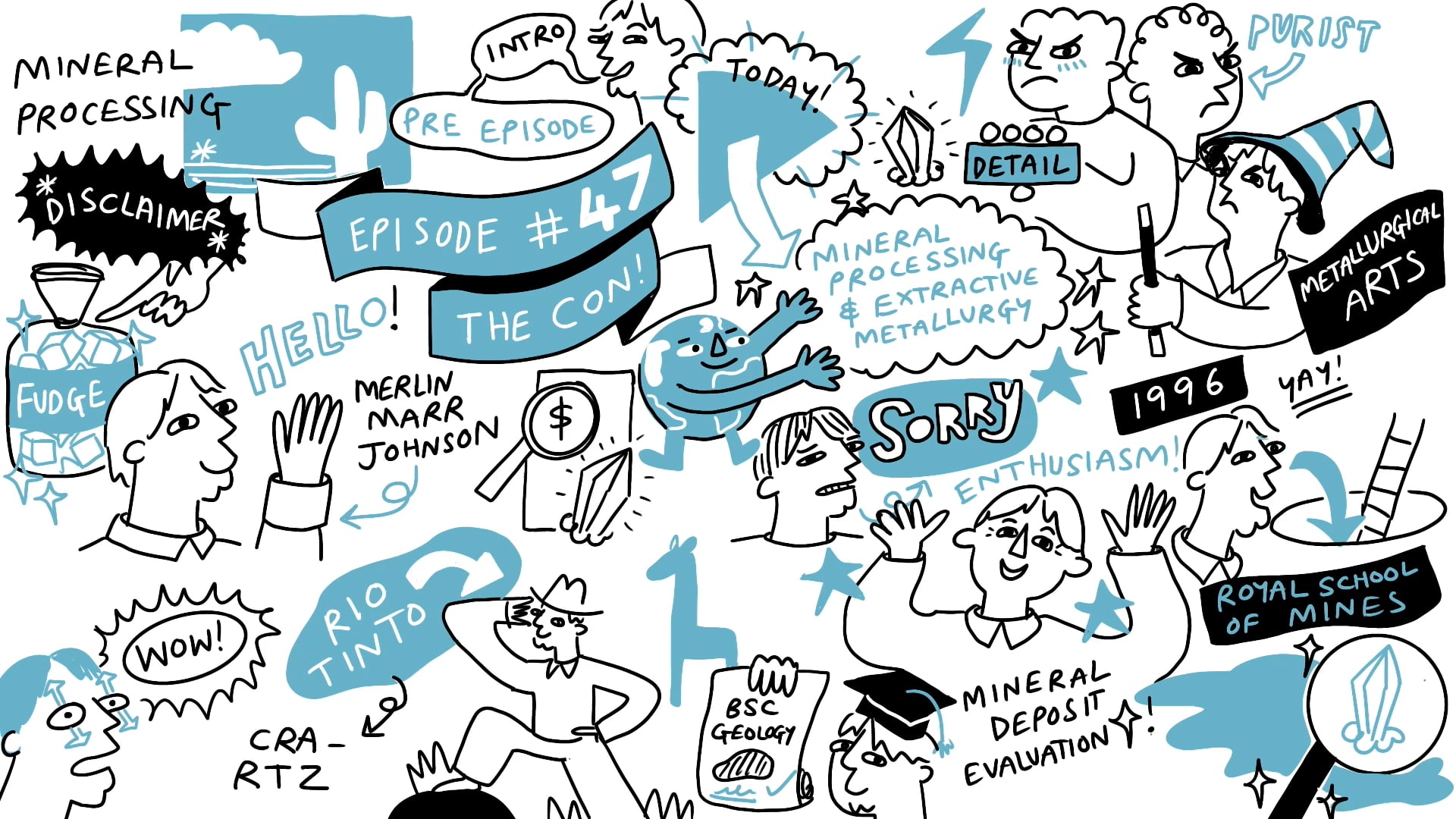Commodity: Final Thoughts

More episodes
Transcript
Don't try to predict your future prices for your commodity because it's a mugs game and you'll almost always be wrong. Price forecasts provided by banks and analysts are typically nothing more than the forward curve leading on to the long-term average price. Pick a commodity that interests you because the more you enjoy a thematic, the more likely you are to read around it and to know more about it.
Not all commodities are equal. Companies need to understand the implications of both selling a commodity and producing it. And you as an investor need to understand it too. When it comes to commercializing a commodity, I really urge you to think very carefully before avoiding the major metals or the more liquid markets that are traded on the terminal exchanges with transparent prices.
I urge you to be very cautious about going towards the smaller markets, the illiquid commodities and the customer-specific ones where you're thrown into contracts or up against an oligopoly or a cartel style of pricing structure. You've got many, many fewer options than those kinds of projects than you do in the more liquid terminal markets. Now that's not to say that you shouldn't do it and that there are times when it's appropriate to go there, but my goodness you've got to know your stuff when you go down to that end of the market. It's so much more specialised.
Get a feel for the typical capital and skill set requirements for any specific commodity. They are called barriers to entry for extremely good reasons. Understand the cost curve of the commodity and your company's position on that cost curve. Because if you're going to be a high cost producer, you've got to ask yourself, is this actually ever going to come out of the ground? Is this asset ever going to come out of the ground? The answer is mostly no, because it comes back to - and we'll do another section on this and on feasibility studies and the like - but really when you do the study phase and when you do the economic projections, they're almost always over-optimistic. So what happens is they're almost always going to creep up from your starting position on the cost curve higher. In a few exceptional cases, you can sometimes edge lower, and things can get better as you get into the deposit, but generally your costs are not going to come down.
There are bigger companies with bigger assets than yours that know how to mine and develop this stuff better than you and your small company can. And it's unlikely that you're going to squeeze into the lower quartile of the cost curve. Make sure you understand where you are on the cost curve, where your asset is on the cost curve and make your decisions from there. Clearly, if you're a real risk junkie, you might want to take a view on a marginal asset in a rising metal price, but that's another kind of risk altogether.
Another conclusion point is that I'm obviously a kind of a fan of the golds and the coppers of this world and I'm much more cautious on the uraniums, the iron ores, the coals, the diamonds and the rare earths which have got barriers to entry, government interests, logistical challenges, contract pricing and I'm even kind of slightly cautious about the in-betweens, the nickels, zincs, leads and silvers of this world and don't get me started on the downright difficult things like graphite or antimony or anything else in that category or
getting even weirder for example. Pozzolan anyone? Hmm didn't think so. One more thing watch out for commodities which are by product metals such as silver or cobalt or to a lesser extent lead. It's really important to remember that for something like silver or for cobalt they don't really have a cost curve. Supply keeps coming even if the price drops because they are a by-product of gold or copper or zinc production. Silver comes with gold, it comes with copper, it comes with zinc, it comes with lead. It doesn't really matter what happens with the silver or the cobalt price, because that metal is going to be coming to market anyway. Therefore, it's hard to understand the cost curve for them because there's not the same supply response to price changes that primary metals experience.
Finally, watch out for zinc. Zinc is a brute because of the payability terms offered by smelters. Whereas it's standard for smelters to charge 2% for lead or for copper or 2 grams of gold in con, it's standard to charge 8% of the zinc in the treatment processing terms. And that really hurts the economics of a project. So, watch out for zinc deposits. They can come back and bite you where it hurts.









































.jpg)
.jpg)
.jpg)
.jpg)




















